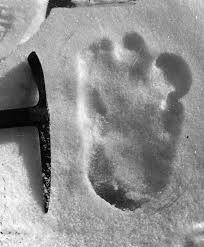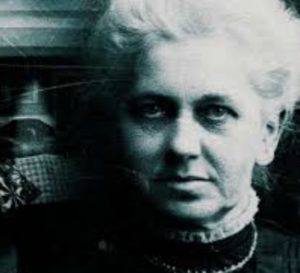
Book Cover of Spirits of the Cage: True Accounts of Living in a Haunted Medieval Prison
The Witches’ Prison in England
Spirits of the Cage: True Accounts of Living in a Haunted Medieval Prison, Review
A witches’ prison exists in England. Actually lots of them existed. After the passage of two Witchcraft Acts (1542 and 1563), England saw a large spike in witchcraft trials in the 1580s. However, few prisons survived into modern times. One such prison did. The Cage is a small chamber whereupon a house was built—a private residence. Not surprisingly, it’s haunted.
Paranormal investigator Richard Estep recounts a week-long investigation at the infamous witches’ prison, The Cage, located in St. Osyth, Essex, England. Estep’s narrative follows in chronological order but is separated by personal experiences from the residence’s owner and co-author, Vanessa Mitchell. Illustrations accompany the 291 page book published this summer by Llewellyn Books.
Estep’s prose is pippy as his narrative flows guiding the reader through his team’s selection, arrival, and ultimately their investigation. The 4-member team remains inside the prison-turned-residence for a week, venturing out for smoke breaks, showers, and pub food. They were able to document their investigation, and Estep’s book provides insight into their week.
Estep has over 22 years of experience investigating paranormal activity in England and the United States. He’s highly personable and adapts to any situation as he seems nonplussed by obstacles. His British euphemisms provide a nice reprieve from the seriousness of the investigation.
Paranormal investigations are boring. Most of the time, teams sit and wait. Estep details how creativity helped energize the investigation, as the team tried various techniques to entice the spirits to communicate. The investigation is fascinating. He defines equipment and procedures while narrating events.
The text, however, suffers from too many rhetorical questions, which slows the narrative. Providing little purpose, these questions disrupt the visualization of the events forcing the reader to disconnect from the text and then reconnect to contextualize the situation. It’s annoying.
Unfortunately, this is not a history book. Further, readers should not look toward this text for historical accuracy. And that’s a shame. The historical inaccuracies or vagueness of key events that occurred in St. Osyth and The Cage could have been cured by noting sources or utilizing a historian. Two errors stick out. The first is that St. Osyth, if a real person, did in fact marry the man she was bequeathed to and had a son[1] named Offa King of Essex. The second is that Ursula Kemp’s remains have an interesting provenance. Most recently, her presumed remains were reinterred in a sacred burial plot in April 2011[2]. Both should have been considered for inclusion as it would add credibility to the legends and create an emotional fallacy as to why readers should care about these two women.
Though minor, the two errors diminish the owner’s story. Readers are left wondering how much she truly knows or researched about the popular haunted destination. Mitchell still owns the property, although it remains listed for sale. She wisely opines: “I feel lucky to have escaped….”
Buy the book, though. Estep concludes the book by interviewing other teams and individuals who felt the urge to investigate The Cage. Their voices add to the narrative. But buy the book because very few investigations are published. The paranormal community benefits from these publications.
Estep, Richard, and Vanessa Mitchell. Spirits of the Cage: True Accounts of Living in a Haunted Medieval Prison. Llewellyn Worldwide, Ltd., 2017.
[1] According to Catholic Online, http://www.catholic.org/saints/saint.php?saint_id=4926.
[2] According to independent filmmaker, http://www.ursulakemp.co.uk/; news organizations, http://www.clactonandfrintongazette.co.uk/news/clacton_frinton_news/14218434.How_Guinness_loving_grandfather_kept_Ursula_Kemp_witch_legend_alive/; and blogs, http://www.badwitch.co.uk/2011/11/bones-of-witch-laid-to-rest-in-essex.html.





